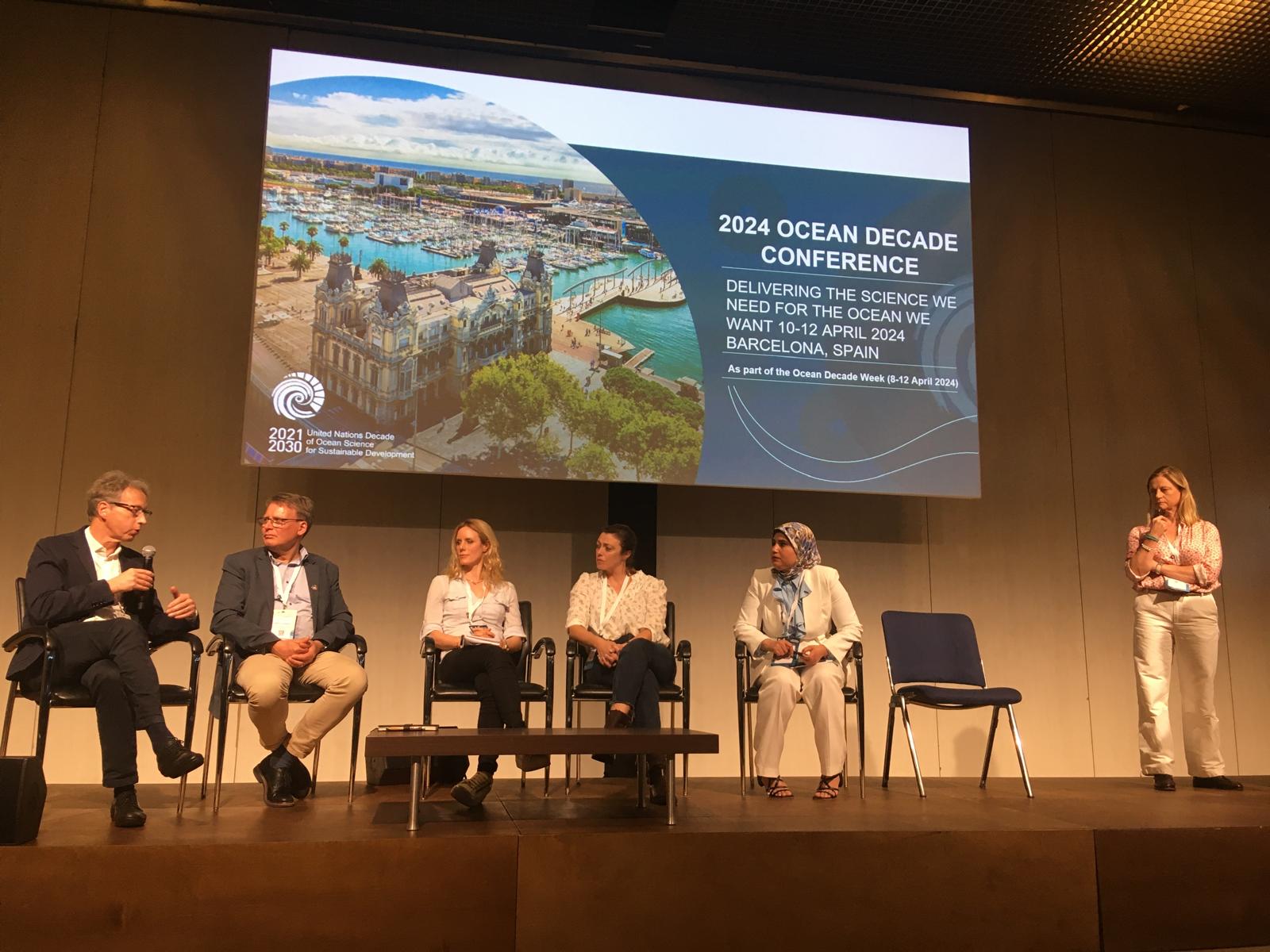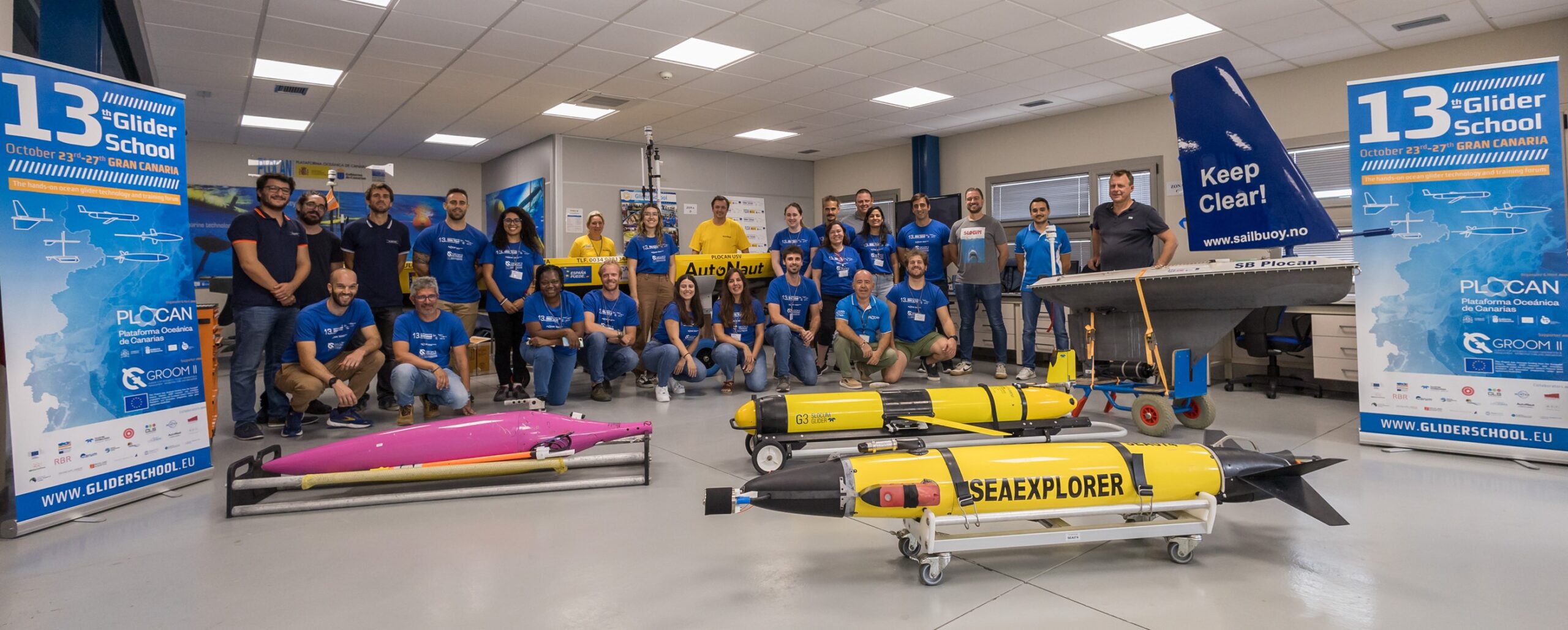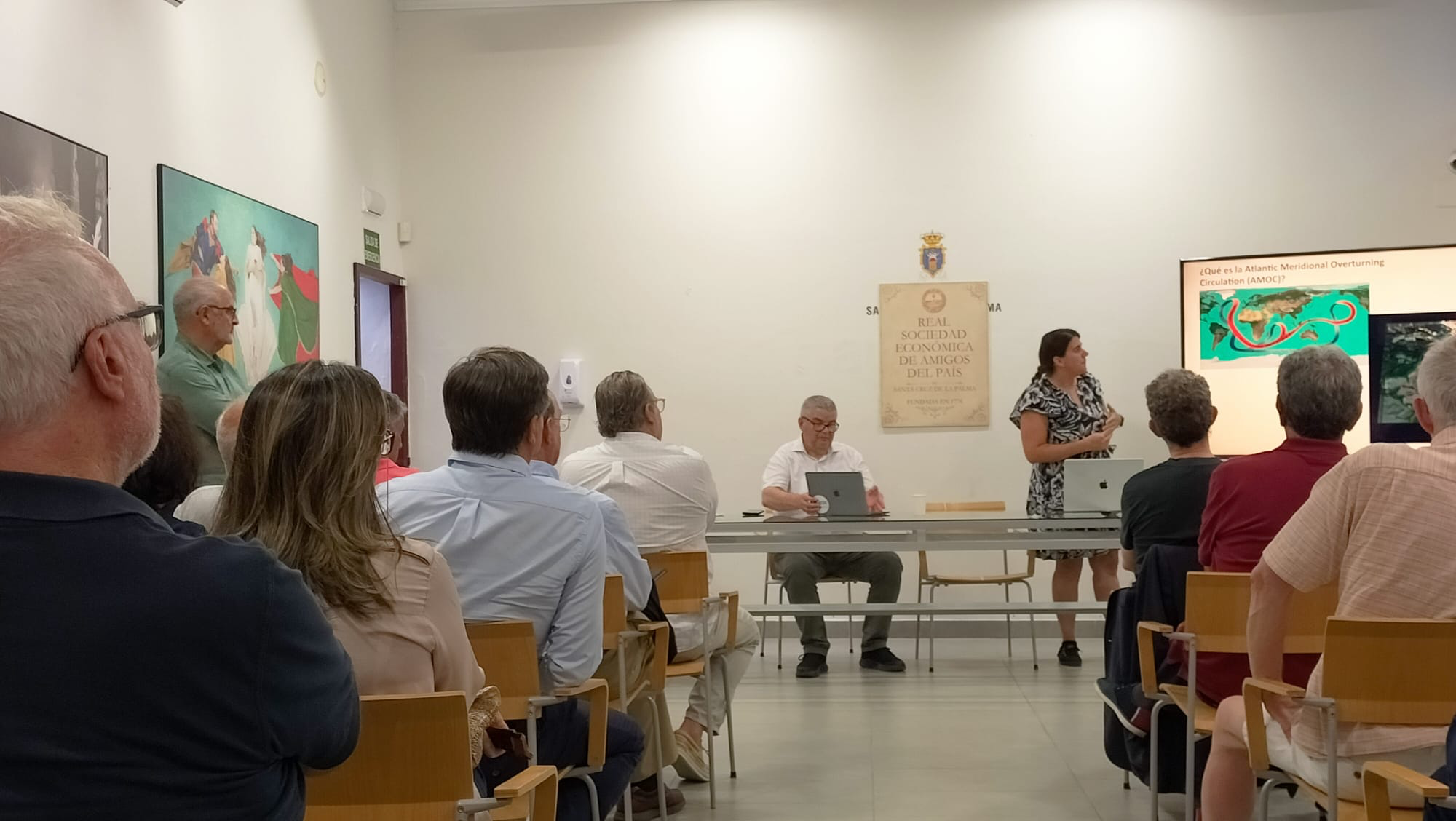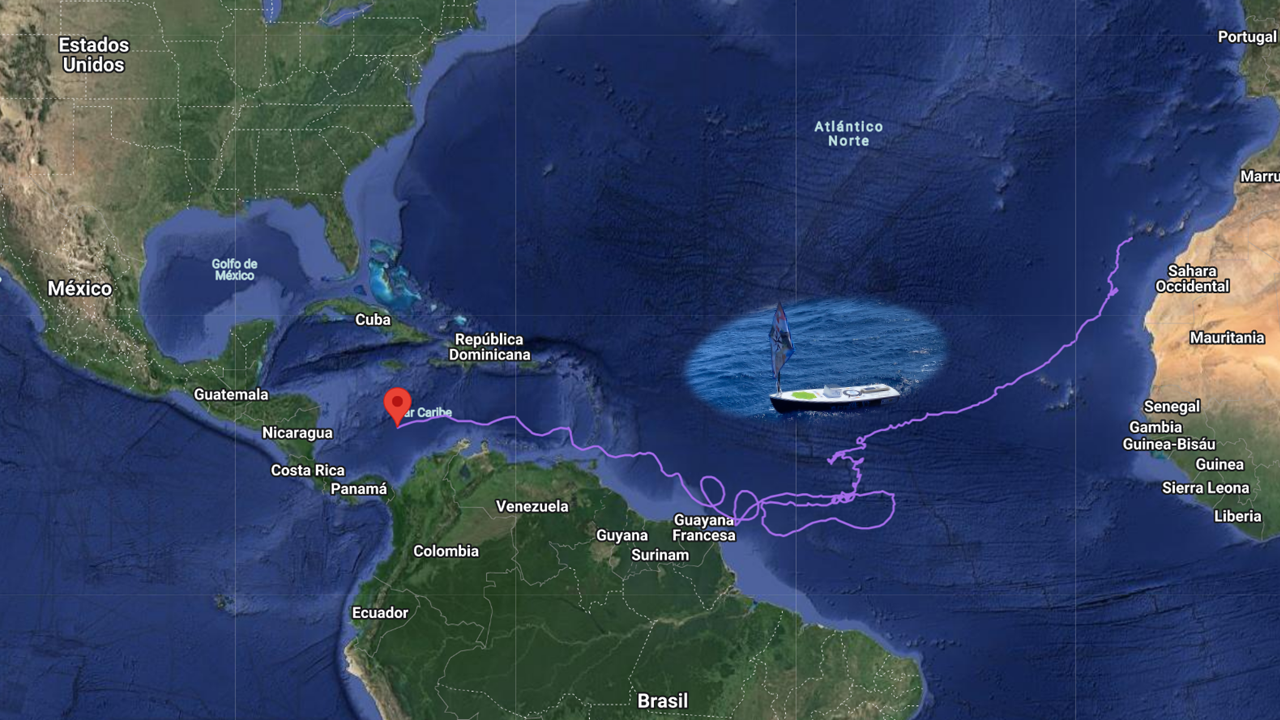The mission SAILBUOY 2021_1 has been developed at the Test Site of PLOCAN and at the extended node of its integrated observatory during the first half of May, coinciding with intense trade winds in the Canary Islands, providing suitable wind conditions to undertake tests of marine technologies in a real operational scenario.
The activity consisted in validating a set of technical improvements developed in the Sailbuoy unit, which is an autonomous unmanned surface vehicle of the fleet of PLOCAN which bases its propulsion system on the incident wind on its sail and the help of a rudder, in real operational conditions. The device is equipped with solar panels to recharge its batteries, an autopilot navigation system, a two-way satellite communication module and a set of environmental sensors. This small sailboat has the ability to provide real-time measurements of essential atmospheric variables such as wind, atmospheric pressure, air temperature, relative humidity; and also oceanographic variables such as water temperature, conductivity, dissolved oxygen, hydrocarbons, chlorophyll and turbidity.
The mission has been executed and supervised by the technical staff of PLOCAN, and is part of certain activities of the European projects EuroSea, which aims to consolidate a more integrated interdisciplinary ocean observing system, and EUMarineRobots, which tries to coordinate the European infrastructure in marine robotics, as part of the implementation strategy of the European Ocean Observing System (EOOS) coordinated by EuroGOOS, an association of national government agencies, research organizations and private companies, committed to oceanography in the context of the Global Ocean Observing System (GOOS), and of which PLOCAN is part as coordinator of the Glider Task Team.



